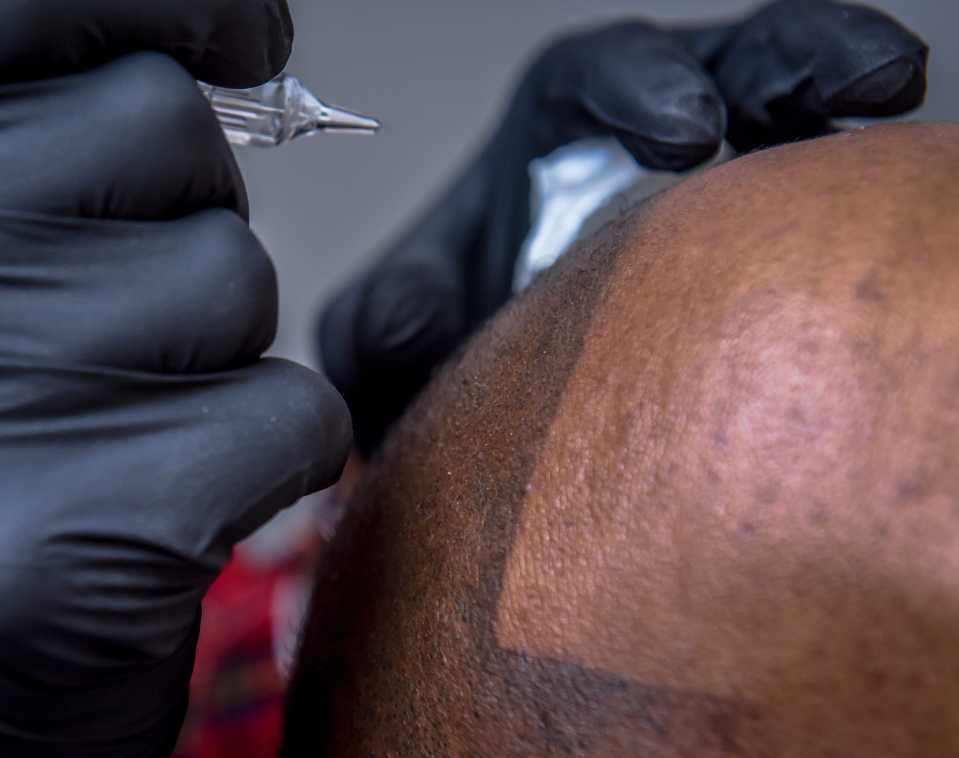SCALP MICROPIGMENTATION CLINICS
SCALP MICROPIGMENTATION CLINICS Our team of hair loss specialists is dedicated to restoring confidence with utmost professionalism and a warm, friendly approach.
We prioritize delivering exceptional service while helping you regain your self-assurance. Our team of skilled SMP technicians, located in multiple convenient locations, truly understands the impact of hair loss on self-esteem because we’ve experienced it ourselves.

